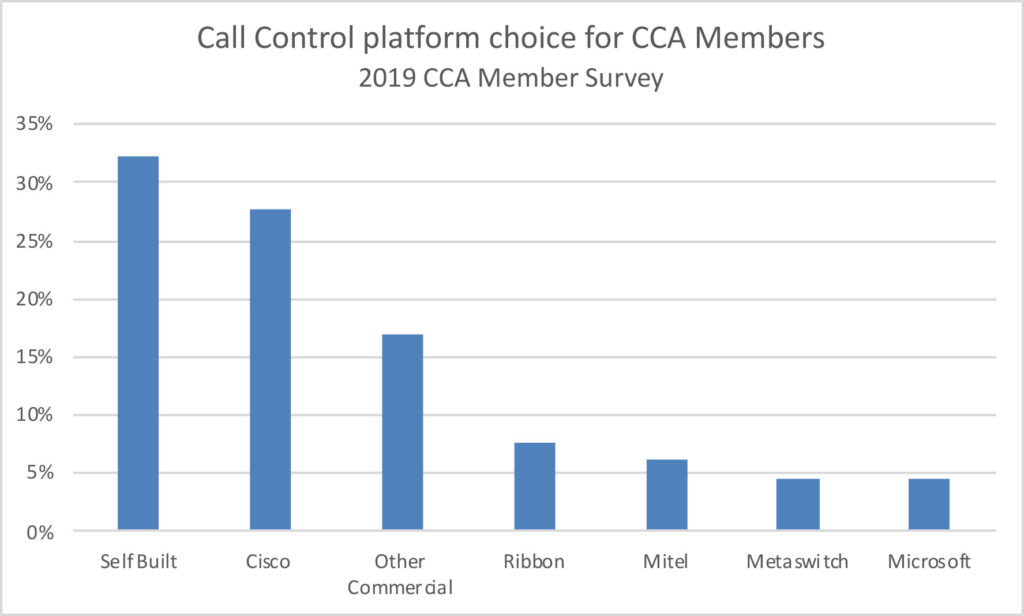Channel partners and service providers are moving through an era of transformation today, as the way that customers access communication and collaboration technologies begins to evolve. SaaS (Software as a Service) has quickly emerged as the default delivery options for most organisations, whether you’re a small business or a growing enterprise. SaaS offers flexibility, scalability, and growth for members of the modern marketplace.
In this cloud-focused arena, it seems that everyone may need to start considering the benefits of open platforms. After all, the traditional telecommunications market that focused on selling on-premises PBX solutions is no longer the most appealing option in the current landscape. The comms channel that we used to know has been disrupted by the rise of new technologies, and even the introduction of adjacent market sellers. from the vendor down, the marketplace is changing, and more competitors are entering the space.
Openness is the key to future market success.
Surviving in the Current Marketplace
For service providers, it’s crucial to think carefully about how you can survive in a space where countless new sellers are converging to make the marketplace more cluttered. At the recent cloud comms summit, a lot of people agreed that building a cloud communications platform from scratch might be the ideal solution. The CCA Member Survey conducted by the Cavell Group highlighted building a platform as the preferred choice of service providers. 32% of the providers in the Cavell Group study were using self-built call control platforms to offer their services – a figure that was much higher in Europe than it was in the US.
According to Dom Black, Head of Research for the Cavell Group: “The Cavell Group is tracking over 500 Service Providers across Europe and North America with the majority of them using self-built platforms. There are some obvious larger global providers who would fit into this category like RingCentral, 8×8, and Fuze, but in each country we study, we see a large number of providers who have built their own solution and have successfully taken it to market. There are obvious benefits for running their own platform as it gives them a clear way to build a solution that differentiates from the competition and really addresses their customers’ requirements.”

Dom noted that the fundamental question for today’s service providers who decide to build their own platforms is whether it’s really possible to keep up with the rapid pace of innovation from platform providers in the future. Cavell is also supporting groups like the Open VoIP alliance to help build a common strategy to reduce the barriers to developing VoIP technology.
The Rise of the Open Landscape and “Choice”
Openness is the future for the service provider landscape. Without open platforms and APIs, the technology and innovations that we have today couldn’t exist. Look at BroadSoft for instance. The BroadSoft platform started off very open and interoperable. When BroadSoft was purchased by Cisco, there was some concern that Cisco had never been much of an open business. However, even Cisco has started to focus more on openness, working hand-in-hand with competitors like Microsoft.
As service providers look forward to the future and start building their strategies for the new year, it will be crucial for them to consider the opportunities that an open strategy affords. For instance, with an open environment, service providers will be able to avoid selling the same-old bland experiences from days gone by. Instead, companies will be able to invest in a full-stack UC solution that offers a range of new exciting IT solutions and collaboration. Building an open stack using an open cloud PBX platform like Yeastar will allow service providers to access the differentiation they need to grow in the years ahead.
Yeastar’s approach to open platforms will also give service providers the opportunity to provide customers with more choice. For instance, service providers will be able to allow their customers to bring their own SIP trunking, conferencing units, and telephone systems into their UC stacks. Today’s customers want more choice when they’re building the perfect environment from the ground up.
Know Your Market for 2020
The key to success in 2020 for many service providers will be knowing their market and building an open stack to support those customers. Once you know and understand your market, it’s easier to give customers the choices that they need. At the same time, service providers can start exploring new options when it comes to things like pricing strategies too. You’ll need to ask yourself whether you’ll be investing in CapEX or OpEX margins, based on what your customers want.
The environment is changing rapidly, and the strategies that partners used to use to make money are evolving. Not everyone will be able to access the cloud model straight away. Some parts of the UK don’t have the best connections, which means that a VoIP solution from a provider like Yealink may be necessary instead. It’s important to look at the buying trends in your area when you’re building the stack to suit your customers.
I’d also highly recommend that today’s service providers start focusing on specialisation and finding a niche. The horizontal markets are growing increasingly flooded, while niche markets offer an opportunity for true differentiation and growth. At the same time, investing in excellent customer service will be crucial too. Everyone wants amazing support from their service provider, which means maximum uptime, reduced wait times, and excellent account management.
Preparing for 2020 isn’t just about staying ahead of emerging opportunities by exploring the latest tech and getting ahead of the trends. It’s also about making sure that you understand your market and how you can offer more flexible solutions through an open strategy for customer success.







